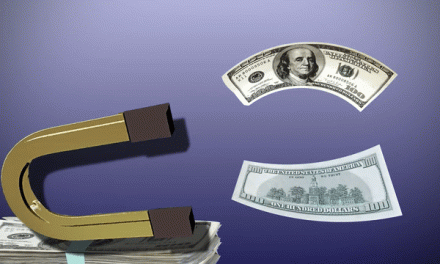How do you know when you’re at the bottom of a real estate cycle?
That’s the question researchers at the Federal Housing Finance Administration (FHFA) tackled in a recent paper: Estimating a Conservative Lower Bound.
The answer to this timing riddle lies in accounting for increased demand when prices fall below the mean price trendline of real estate prices — the historical equilibrium level to which property prices cyclically return.
When prices fall below this mean level, homes become a more attractive investment for owner-occupant homebuyers and non-occupant investors alike. The lower prices fall, the greater their investment potential and the more desirable these prices appear to investors. As demand builds, prices are lifted out of their slump and back above the trendline.
As a matter of simple real estate calculus, it’s more lucrative for investors and occupants to buy at the very bottom of a cycle, when prices are lowest, than after they’ve already started to rise. Of course, waiting for prices to rise consistently is the only way to know for sure that the housing market is experiencing a consistent upswing (and that the market isn’t going to revert and fall further).
Here’s how the FHFA’s reasoning works:
Source: FHFA Working Paper 15-1
The chart above shows two lines:
- the black line is the national home price index (HPI); and
- the green line is the national mean price trendline, which is set to rise in accordance with changes in the consumer price index.
California’s mean price trendline looks a bit different from that of the nation as a whole. Real estate varies greatly from state to state, and within the regions of each state as well. However, the bottom of each cycle in California is fairly similar to the national trend, showing a bottom range of 7%-10% below the trendline each cycle. This is true no matter the height of the peak of the corresponding cycle.
The FHFA contends that the cycle’s peak doesn’t matter when forecasting its bottom, due to the expectations and enthusiasm of homebuyers at the market’s trough. In other words, homebuyers simply won’t let prices fall more than 7%-10% below the trendline due to their desire to buy when prices are perceived to be low.
What this study does not account for is the duration of the cycle’s trough. As seen above, the bottom of the first two cycles in the chart lingered for years before rising. The last trough (in 2012 on the national stage) was relatively brief. This means homebuyers had only a few short months to buy before home prices quickly jumped. In the latest instance, the brevity of the trough was mostly due to real estate speculators, who pounced on the market in 2012, not loosening their grip until 2014.
Therefore, as with all methods, take this one with some caution.
As all first tuesday readers know, many factors go into home price movement. In addition to homebuyer enthusiasm, home prices are swayed by:
- jobs and incomes (which is the most important long-term factor);
- local zoning ordinances;
- mortgage and interest rates;
- government stimulus (as in 2009);
- the state of the broader economy (locally and globally);
- home sales volume; and
- construction starts.
All are interrelated, and the only way to make a wise forecast of your local market is to consider each factor as part of the whole picture.
For a forecast of home prices in 2015 and beyond, see: Home pricing in 2015: more of the same?















